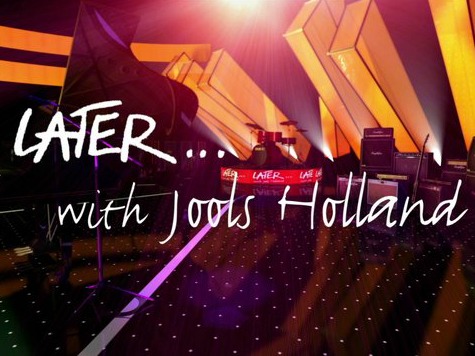Once upon a time, there lived a nation so great, that a lowly TV network could fly to the moon, plant a flag with its logo on it, and begin broadcasting music plus video together in one tasty treat. And it was good. It was revolutionary. And it was hugely successful.
MTV’s premise was simple: bring artists and their audience together through the broad reach of television. Viewers loved it because they could see their favorite bands in a creative environment and expose themselves to new music that they may not have access to otherwise.
The artists and the record labels loved it because it provided them with a brand new way to reach millions of people, and help drive record sales.
The network loved it because: ad revenue.
Over time, that lowly network and its revolutionary spirit devolved into drek and drivel, and in the process helped spawn a new revolution: broadcasting reality plus TV. This ushered in the demise of the “music plus video” business model. Today’s network is unrecognizable from its progenitor.
Tasty or not, that new revolution left little to satisfy TV viewers’ new obsession of music plus videos. And so viewers languished and pined for the good old days of crazy costumes, sometimes off-beat and wooden performances, and, yes, music plus video together.
Into this void stepped a Brit named Jools Holland. Holland knew a thing or two about the “music plus video” business. He was the founder and keyboardist for 80s pop band Squeeze, whose hits include Pulling Mussels (From the Shell) and Tempted. Squeeze was a mainstay of the movement that helped launch the once great network that played music plus videos.
Holland had a revolutionary idea all his own: a revival of the music and video format, filmed live in front of a studio audience. Holland’s idea, a show called “Later…with Jools Holland,” is a weekly BBC program that began filming in the ’90s, and is now available in the U.S., courtesy of Palladia.
The premise was simple. Put a handful of bands on an enormous soundstage, introduce them, let them play their music live, and then broadcast it into people’s homes.
Holland deftly mixes well-established bands, like Queens of the Stone Age and the Foo Fighters, with music legends like funk-god Larry Graham, and young upstarts like Willie Moon. All mixed with a sprinkle of brief in-studio interviews with rock icons such as Jimmy Page, Bryan Ferry, and Eric Burdon.
Holland artfully delivers his show, flowing seamlessly from one genre and band to the next. He’s gregarious, inviting, knowledgeable, and passionate, and despite the giant space, the viewer feels like a guest at his home.
Though the program has been criticized for not showcasing more genres, the music on the program is all over the map, just like the bands. Want techno-inspired world music from Africa? Got it. Country? It’s in there. Folk, rock, R&B? Yup.
Later…With Jools Holland is hugely influential, and an appearance on the show can help jumpstart, or resuscitate, an artist’s career. The Guardian, even in a critical write up on the program, admitted that “an appearance can break an artist commercially”.
Perhaps one day BBC America will decide to broadcast Later…with Jools Holland here in the U.S. again. But in the meantime, you can watch it a week later on Palladia, which airs Thursdays at 10 p.m. EDT, with reruns throughout the week. And there’s always YouTube.

COMMENTS
Please let us know if you're having issues with commenting.